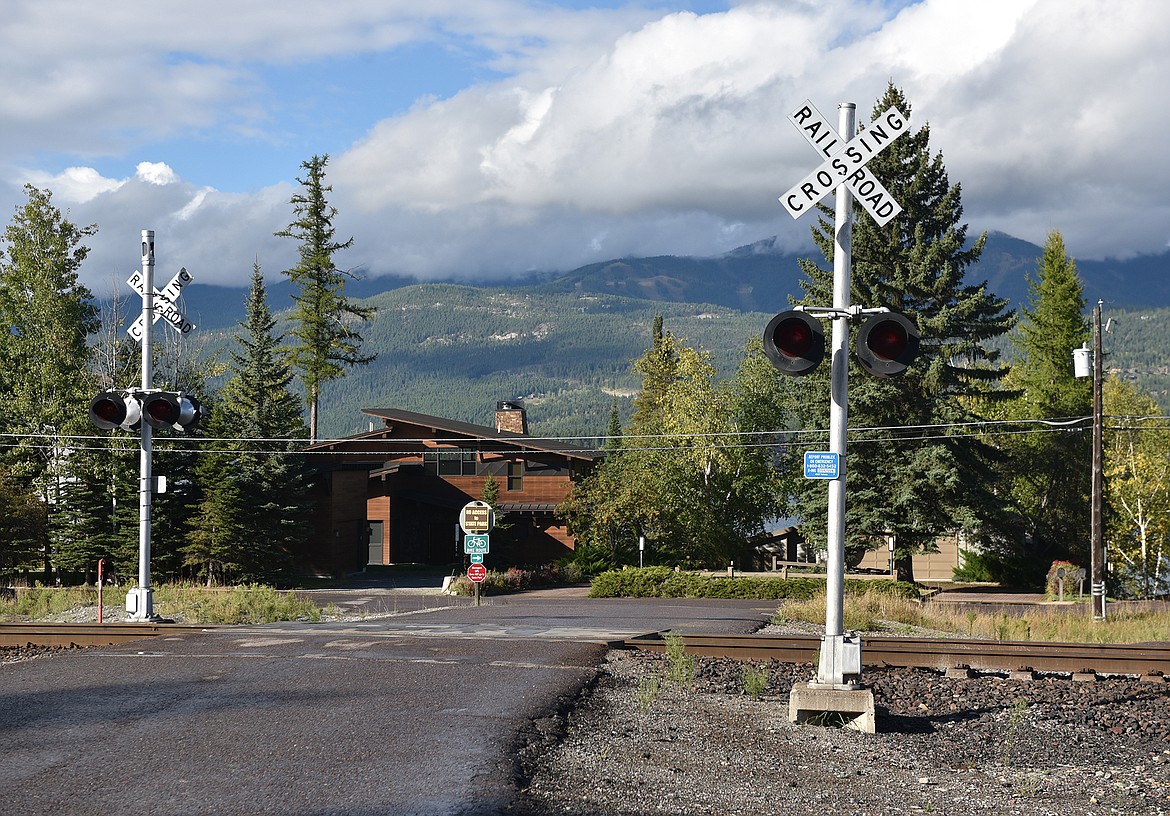Whitefish gets federal grant to study rail crossings
Whitefish has received $400,000 in federal funding to study alternatives to at-grade rail crossings.
The planning project will study the rail crossings at Birch Point Drive, State Park Road and East Second Street, and the Baker Avenue viaduct, according to a statement from the Federal Railroad Administration. Possible upgrades would alleviate blocked crossings that might cause safety concerns and disrupt freight movements to and from BNSF’s Whitefish yard.
The effects of long freight trains — sometimes extending a mile or more in length — blocking emergency response has been a topic of congressional hearings for several years, with watchdog groups asking for infrastructure improvements and freight train regulation.
In Whitefish, property owners have sent letters to BNSF and the city about the issue, particularly at the Birch Point Drive crossing, according to Whitefish City Manager Dana Smith.
“The most challenging crossing is the Birch Point Drive Railroad Crossing, which crosses the only ingress/egress for certain properties on Whitefish Lake. BNSF was notified of instances of slowed emergency vehicle response and access blocked at this crossing by property owners and their legal counsel,” Smith said in an email.
Smith said that emergency response vehicles have been stopped several times at the Birch Point and State Park crossings, although neither were for extended periods. The Second Street East crossing has been known to be blocked for long periods, so emergency responders drive over the tracks on the viaduct to respond to calls on Edgewood Drive.
The Whitefish project was the only one announced in Montana, though the funding will also go to study another 400 at-grade crossings nationwide.
The city and BNSF will engage a firm to undergo the study once the grant contract is executed, according to Smith.
“The study will analyze existing crossings and identify appropriate projects along the corridor that could improve traffic flows, mitigate the physical barrier created by the rail corridor, and eliminate the risk of future highway-rail grade crossing accidents/incidents,” said Smith.
Smith said that the analysis will also take wildfire evacuation routes into account and will take in public feedback “to promote equity in project planning and produce workable recommendations for the affected community.”
Recommendations from the study could include separated grade crossings such as an overpass or underpass as well as the possibility of eliminating crossings, Smith said. The city may be able to apply for additional funding for infrastructure upgrades identified by the study.
The federal money is being matched at a 20% rate by the city and BNSF Railway.
The Bipartisan Infrastructure Law-funded program is the first dedicated to eliminating points where railroad tracks intersect with roads, which have blocked vehicle and pedestrian traffic, led to deadly vehicle-rail collisions and prevented first responders from reaching emergencies.
"Every year, commuters, residents and first responders lose valuable time waiting at blocked railroad crossings — and worse, those crossings are too often the site of collisions that could be prevented,” said U.S. Transportation Secretary Pete Buttigieg in a statement.

